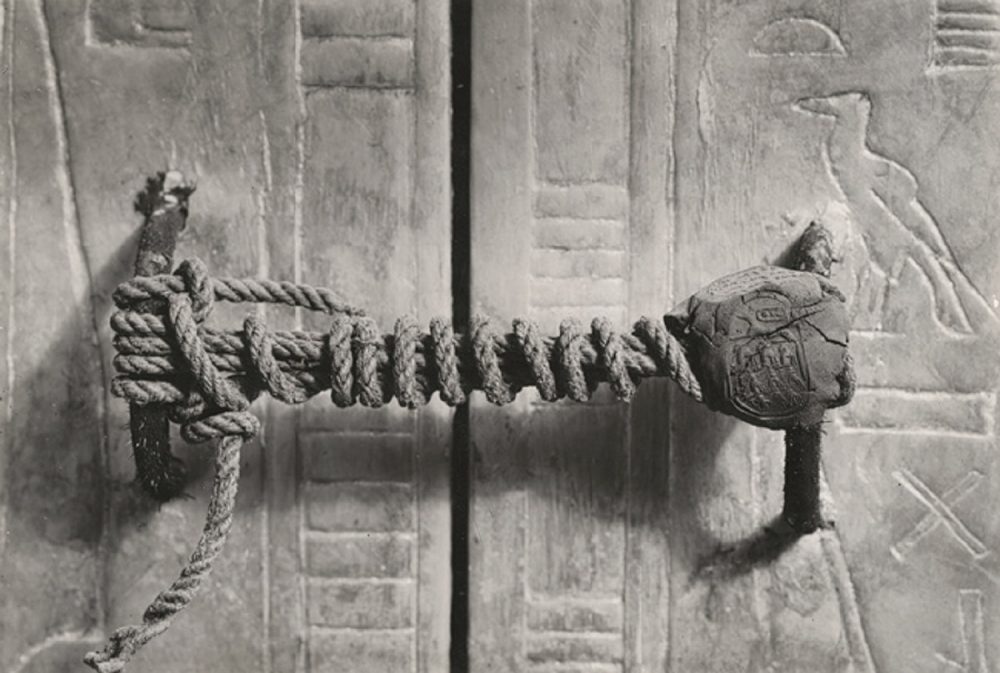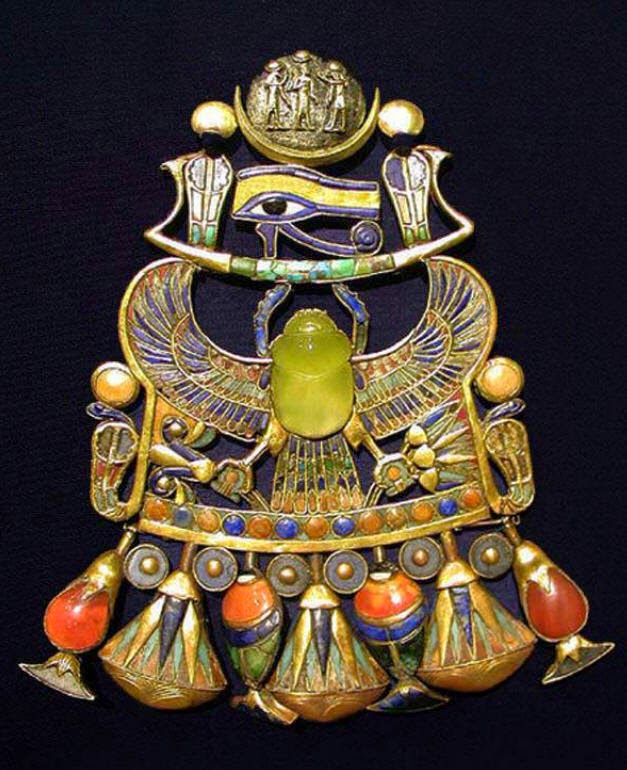The Curse of King Tutankhamun’s Tomb: Separating Fact from Fiction
Several people associated with the tomb’s discovery did die in the years following its opening, including Lord Carnarvon, who financed the expedition, and several members of his team.

King Tutankhamun’s tomb is one of the most famous archaeological discoveries in history. Discovered by British Egyptologist Howard Carter in 1922, the tomb has long been shrouded in mystery and speculation, due in part to the supposed curse that was said to have befallen those who uncovered it. But is there any truth to this alleged curse, or is it simply a myth? In this article, we’ll explore the history of King Tutankhamun, the discovery of his tomb, and the alleged curse that has captured the world’s imagination for nearly a century.
The Discovery of King Tutankhamun’s Tomb
In 1922, British archaeologist Howard Carter made a discovery that would change the world of archaeology forever: the tomb of the ancient Egyptian pharaoh King Tutankhamun. The tomb was located in the Valley of the Kings, near the city of Luxor, and contained a wealth of treasures, including jewelry, furniture, and other artifacts. The discovery of the tomb was hailed as a major breakthrough in the study of ancient Egypt, and it sparked a renewed interest in Egyptian history and culture.

King Tutankhamun and Howard Carter
King Tutankhamun was a pharaoh of the 18th dynasty of Egypt, who ruled from around 1332 BCE until his death at the age of 18 or 19. His reign was relatively short and unremarkable, but his tomb became one of the most famous in history due to its discovery by Howard Carter. Carter was an English archaeologist and Egyptologist who had been working in Egypt for many years before discovering King Tutankhamun’s tomb. He had previously worked with other prominent archaeologists, including Flinders Petrie and Lord Carnarvon, who funded his search for the pharaoh’s tomb.
 This is the unbroken seal of the third of Tutankhamun’s innermost shrines from four. Image Credit: Wikimedia Commons.
This is the unbroken seal of the third of Tutankhamun’s innermost shrines from four. Image Credit: Wikimedia Commons.
The Alleged Curse
Almost immediately after the discovery of King Tutankhamun’s tomb, rumors began to circulate about a curse that was said to have befallen those who were involved in its uncovering. According to these rumors, anyone who disturbed the pharaoh’s resting place would be cursed with bad luck, illness, or even death. Several people associated with the tomb’s discovery did die in the years following its opening, including Lord Carnarvon, who financed the expedition, and several members of his team. However, many experts believe that these deaths were simply coincidences and that there is no evidence to support the existence of a curse.

The Valley of the Kings
The Valley of the Kings is located on the west bank of the Nile River, near the ancient city of Thebes (modern-day Luxor). It was used as a burial site for pharaohs and other royal family members during the New Kingdom period of ancient Egypt, which lasted from around 1550 BCE to 1070 BCE. During this time, the pharaohs of Egypt were buried in elaborate tombs filled with treasures and artifacts, which they believed would help them in the afterlife.
 Pectoral with a winged scarab from King Tutankhamun’s collection. Image Credit: Pinterest.
Pectoral with a winged scarab from King Tutankhamun’s collection. Image Credit: Pinterest.
The Valley of the Kings contains many tombs and chambers, including some of the most famous in Egyptian history. These include the tombs of other prominent pharaohs, such as Ramses II and Seti I. The tombs were typically dug deep into the earth and lined with stone, in order to protect them from robbers and vandals. Despite this, many of the tombs were looted over the years, and some were even reused by later pharaohs. Today, the Valley of the Kings remains a popular destination for tourists and archaeologists alike, offering a fascinating glimpse into Egypt’s ancient history and culture.
Separating Fact from Fiction
Despite the rumors and speculation surrounding the supposed curse of King Tutankhamun’s tomb, no concrete evidence supports its existence. Many experts believe that the deaths of those associated with the discovery of the tomb were simply the result of natural causes or coincidence. However, the legend of the curse has persisted for nearly a century, and it still captures the world’s imagination.
The story of King Tutankhamun’s tomb is one of the most fascinating and enduring mysteries in the world of archaeology. While the supposed curse that has been associated with the tomb is likely nothing more than a myth, the discovery of the tomb and the treasures it contained have provided invaluable insights into the history and culture of ancient Egypt.
Today, visitors can explore the tomb and its treasures at the Egyptian Museum in Cairo. The legacy of King Tutankhamun and Howard Carter continues to inspire new generations of archaeologists and Egyptologists. While the curse of the tomb may never be fully debunked (because people love to believe, probably), it remains a captivating and enduring part of the story of one of Egypt’s greatest pharaohs.
Related Post
A shocking documentary proves that mermaids do exist
SHOCKING Revelation: Thuya, Mother of Queen Tiye, Was the Grandmother of Akhenaten and Tutankhamun—What Ancient Egyptian Secrets Did She Leave Behind?
Breaking News: Astonishing Discoveries at Karahan Tepe Confirm an Extraterrestrial Civilization is Hiding on Earth, and NO ONE Knows!
Breaking News: Researchers FINALLY Discover U.S. Navy Flight 19 After 75 Years Lost in the Bermuda Triangle!
NASA’s Secret Investigation: Uncovering the Astonishing Mystery of the UFO Crash on the Mountain!
Explosive UFO Docs LEAKED: Startling Proof That Aliens Ruled Ancient Egypt!